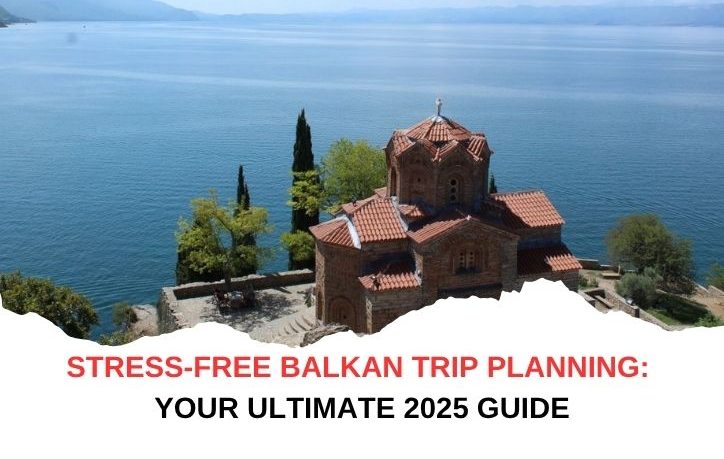Planning a trip to the Balkans in 2025? You’re in for a rich blend of cultures, nature, history, and cuisine — all packed into a relatively compact region. But while the Balkans offer an unforgettable travel experience, organizing a multi-country journey here can be a logistical puzzle.
This guide will help you plan a smooth, stress-free Balkan adventure, whether you’re exploring Serbia, Montenegro, Bosnia, North Macedonia, or beyond.
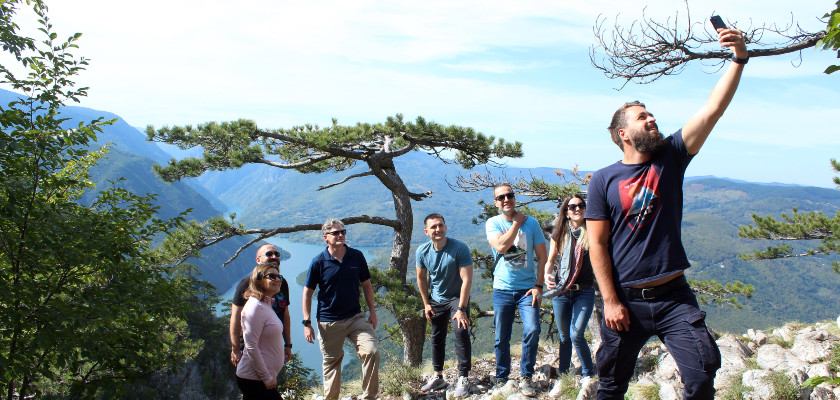
Why Travel the Balkans in 2025?
- They’re still relatively undiscovered compared to Western Europe
- You’ll find warm hospitality, authentic experiences, and fewer crowds
- Travel costs are generally lower
- There’s a fascinating mix of Eastern and Western influences
- 2025 brings improved road and flight connectivity — especially between Serbia, Romania, and the Adriatic coast
But all of that variety also means more variables to plan for.
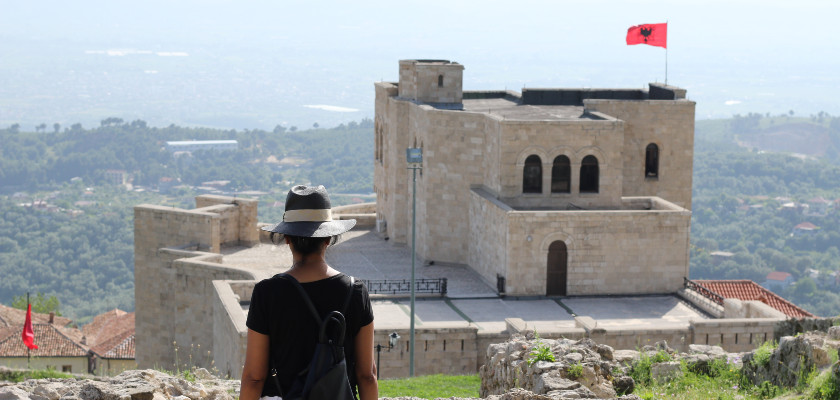
Common Planning Challenges Travelers Face
- Too many countries, too little time – It’s tempting to “see it all,” but that can leave you exhausted.
- Border crossings – Some can be slow, especially during peak season.
- Language and signage – English is not always widely spoken, especially outside big cities.
- Limited public transport – Routes between key sites are not always straightforward.
- Fragmented information online – Many sites aren’t up to date or don’t cover the full region.
How to Plan a Balkan Trip Without the Stress
Here are some battle-tested tips for a more enjoyable experience:
- ✅ Travel in shoulder seasons (May–June or September–October)
Milder weather, beautiful scenery, and fewer crowds. - ✅ Focus on fewer countries
Three or four countries in 10–14 days is realistic and enjoyable. - ✅ Mix popular sights with local gems
Don’t skip Dubrovnik or Belgrade — but add in places like Kotor’s hinterland, Eastern Serbia, or Herzegovina’s wine valleys. - ✅ Don’t rely solely on Google Maps
Estimated travel times can be wildly inaccurate on Balkan roads. Ask a local or plan with someone who knows the terrain. - ✅ Book a private tour
A private tour gives you flexibility, comfort, and insider access — without the hassle of planning and navigating on your own. - ✅ Make sure you’re covered with travel insurance
Some rural areas may have limited medical access, so coverage matters.
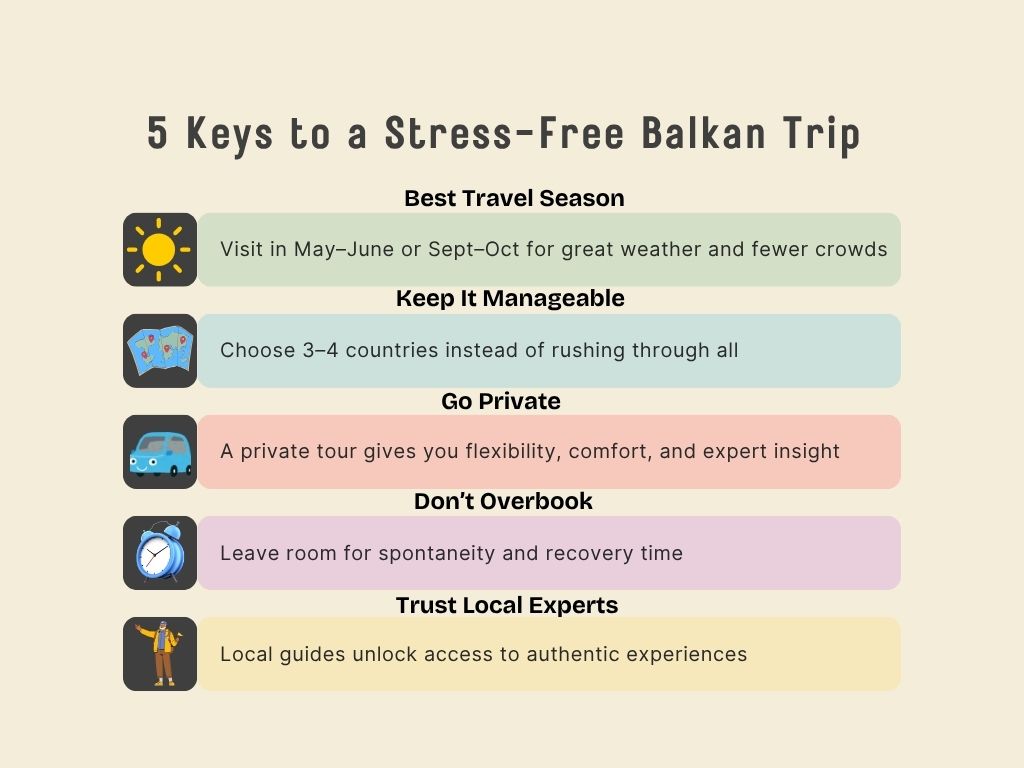
How a Private Guide Enhances the Experience
A private guide is more than just a navigator — they’re your cultural interpreter, fixer, and local friend. Here’s how they can transform your trip:
- Customize the tour to your interests
- Help navigate language and cultural nuances
- Connect you with locals, small producers, and unique experiences
- Solve problems on the fly — whether it’s a weather change or a last-minute request
- Add depth and context to every site you visit
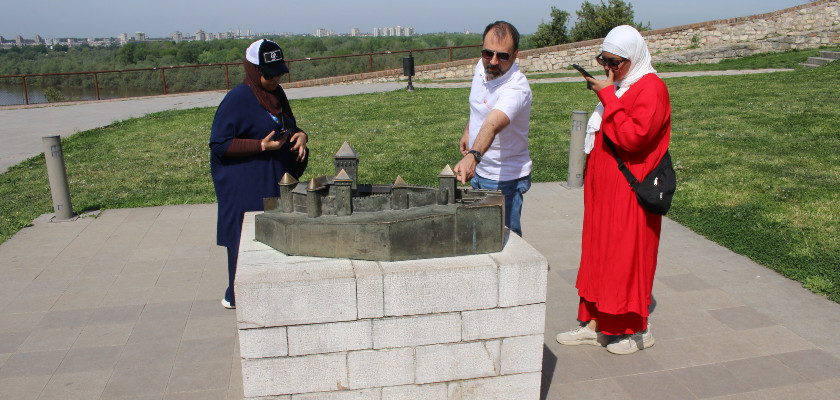
Suggested 10-Day Itinerary Idea
- Day 1–2: Belgrade – Explore the capital’s architecture, rivers, and nightlife
- Day 3: Novi Sad & Fruška Gora wine region
- Day 4–5: Tara National Park – nature and viewpoints
- Day 6: Visegrad & Drina River crossing into Bosnia
- Day 7–8: Sarajevo – a crossroads of cultures
- Day 9–10: Mostar & drive down to Kotor Bay (Montenegro)
Of course, your itinerary should reflect you. That’s why tailor-made private tours are the smartest choice in the region.
Conclusion: Travel Smart, Not Hard
You don’t need to figure out everything alone. The Balkan region is full of beauty, complexity, and unexpected charm — and it rewards those who take their time and plan wisely.
If you’d rather skip the stress of research, reservations, and route-planning, we’re here to help. Check our private Balkan tours here.
👉 Let a trusted private tour company design your Balkan journey.
Contact us to start planning
FAQ: Planning a Trip to the Balkans in 2025
Q: Do I need a visa to travel through the Balkans?
A: Most travelers from the US, Canada, EU, UK, and Australia don’t need visas for stays up to 90 days in most countries. But check each country’s entry rules, especially for Kosovo and Albania. Here are links to the websites of the Serbian Ministry of the Foreign Affairs and the Albanian Ministry of the Foreign Affairs.
Q: Is it safe to travel in the Balkans?
A: Yes. The region is generally very safe for tourists. Petty theft can happen in larger cities, but violent crime is rare.
Q: Can I use euros everywhere?
A: Not everywhere. Montenegro and Kosovo use the euro. Other countries have their own currencies (Serbia – dinar, Bosnia – convertible mark, etc.).
Here you can read about exchanging money and payments in Serbia, which applies to other countries in the region.
Q: What’s the best way to get around?
A: Public transportation is limited outside major cities. A private tour with a driver-guide is the most convenient and time-efficient way to explore.
Q: What languages are spoken?
A: While each country has its official language, travelers will notice that Serbian, Croatian, Bosnian, and Montenegrin are essentially the same language, just with different names and some regional vocabulary. Other countries like North Macedonia and Albania speak completely different languages. English is commonly spoken in tourist areas, especially by younger people.

